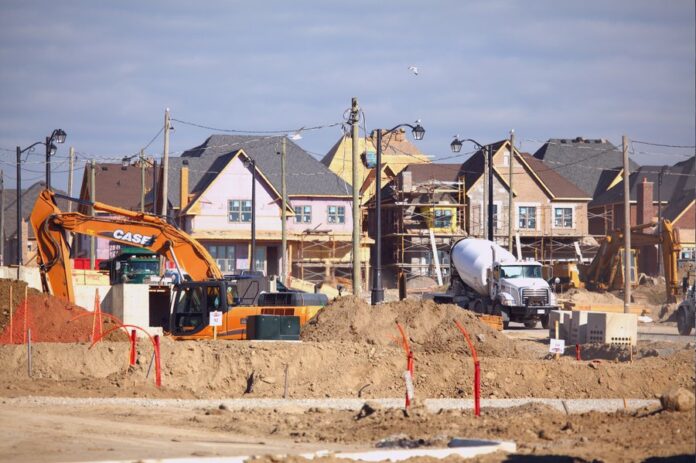By Robin MacLennan
Ontario Construction Report staff writer
The federal government’s housing strategy doesn’t go far enough to address critical infrastructure needs and the housing crisis, according to the Canadian Construction Association (CCA).
The federal government’s plan announced in the April federal budget, promises at least 1.2 million more homes for Canadians, on top of what the industry was planning to build. Yet, with estimates by the Federation of Canadian Municipalities showing that each new housing unit requires $107,000 in public infrastructure investment, an additional $128 billion is needed to build, support, and connect these homes to essential housing-enabling infrastructure.
Also, measures to ease lending for home buying and rezoning may exacerbate demand in the long-term “with no real long-term vision on how to increase supply”.
“Budget 2024 sets a bold objective to help Canadians buy homes but misses the mark on delivering sufficient investment and a plan to ensure a steady flow of funds to address our nation’s infrastructure challenges,” said Mary Van Buren, CCA president. “While we acknowledge some initiatives, such as funding for creating affordable apartments, training and recruiting more workers, and upgrading water and wastewater systems and lack of strategic vision are concerning.”
With growing demands to build more homes and related infrastructure, CCA says the urgency to collaborate with provinces, municipalities, and the industry is more pressing than ever.
“We need investments in infrastructure that are made based on the real needs of Canadians – projects that are shovel-worthy rather than just shovel-ready,” said Van Buren. “This visionary and consultative approach is what Canadians deserve.”
The federal government needs to implement policies and incentives that support housing construction and related essential infrastructure, including trade-enabling infrastructure, and fund programs to build the workforce we need and construction projects that share risk so that innovation and investment is encouraged, not hampered.

